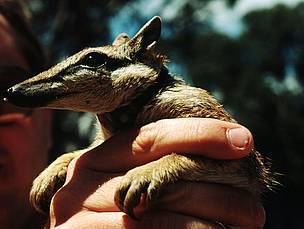 | ||
Travels in southwest australia
Southwest Australia is a biodiversity hotspot in Western Australia, it is also known as the Southwest Australia Global Diversity Hotspot, as well as Kwongan.
Contents
Region
The region includes the Mediterranean forests, woodlands, and scrub ecoregion of Western Australia. The region has a wet-winter, dry-summer Mediterranean climate, one of five such regions in the world. The region covers 356,717 km², consisting of a broad coastal plain 20-120 kilometres wide, transitioning to gently undulating uplands made up of weathered granite, gneiss and laterite. Desert and xeric shrublands lie to the north and east across the centre of Australia, separating Southwest Australia from the other Mediterranean and humid-climate regions of the continent.
Vegetation in the region is mainly woody, including forests, woodlands, shrublands, and heathlands, but no grasslands. Predominant vegetation types are Eucalyptus woodlands, eucalyptus-dominated Mallee shrublands, and kwongan shrublands and heathlands, which correspond to the chaparral, matorral, maquis, and fynbos shrublands found in other Mediterranean-type regions. The region has generally nutrient-poor sandy or lateritic soils, which has encouraged rich speciation of plants adapted to specific ecological niches. The region hosts a great diversity of endemic species, notably among the protea family (Proteaceae).
The context of the region in european colonist histories of the region is of limited understanding knowledge of the country as opposed to the indigenous understanding
Botanic province
The region corresponds to the floristic province of Southwest Australia. The World Wide Fund for Nature and Interim Biogeographic Regionalisation for Australia (IBRA) divide the region up into a number of ecoregions:
(note Yalgoo and Mallee are 25 miles away from the South West under the WWF scheme, but are considered part of the Central Australian or Eremaean Region by the northern Australian Herbarium)
